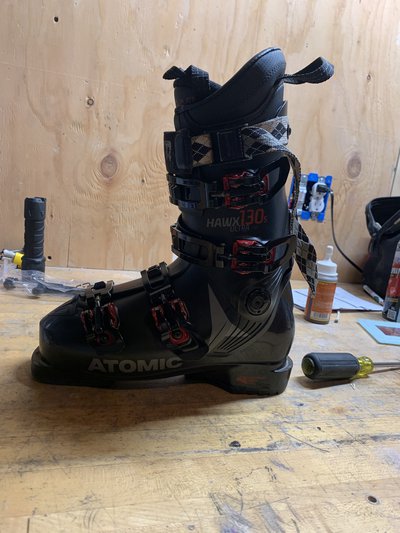I been searching all over the inter webs and I’m convinced I’m searching for the wrong thing.
Here’s the deal. I got a pair (fitted and molded) of hawx ultra 130s and the stiffness is compatible to the Lange XT 130’s I came out of but what isn’t comparable is the XT’s would hold their shape deep into the flex without bellowing out. I feel the Hawx have like 3/4 the amount of flex range before they are unsupportive.
I guess my question is, is there a term that is searchable describing the amount of flex range before not being able to support?
-and-
As a 5’9” 210lb guy should I actually be in a race style boot to ski my invictus 89,108, Dictator 2.0 and dynastar xxl pro’s that are all 185+?
thanks.
A quick word on blocking ads

It looks like you are using an ad blocker. That's okay. Who doesn't? But without advertising revenue, we can't keep making this site awesome. Click the link below for instructions on disabling adblock.



